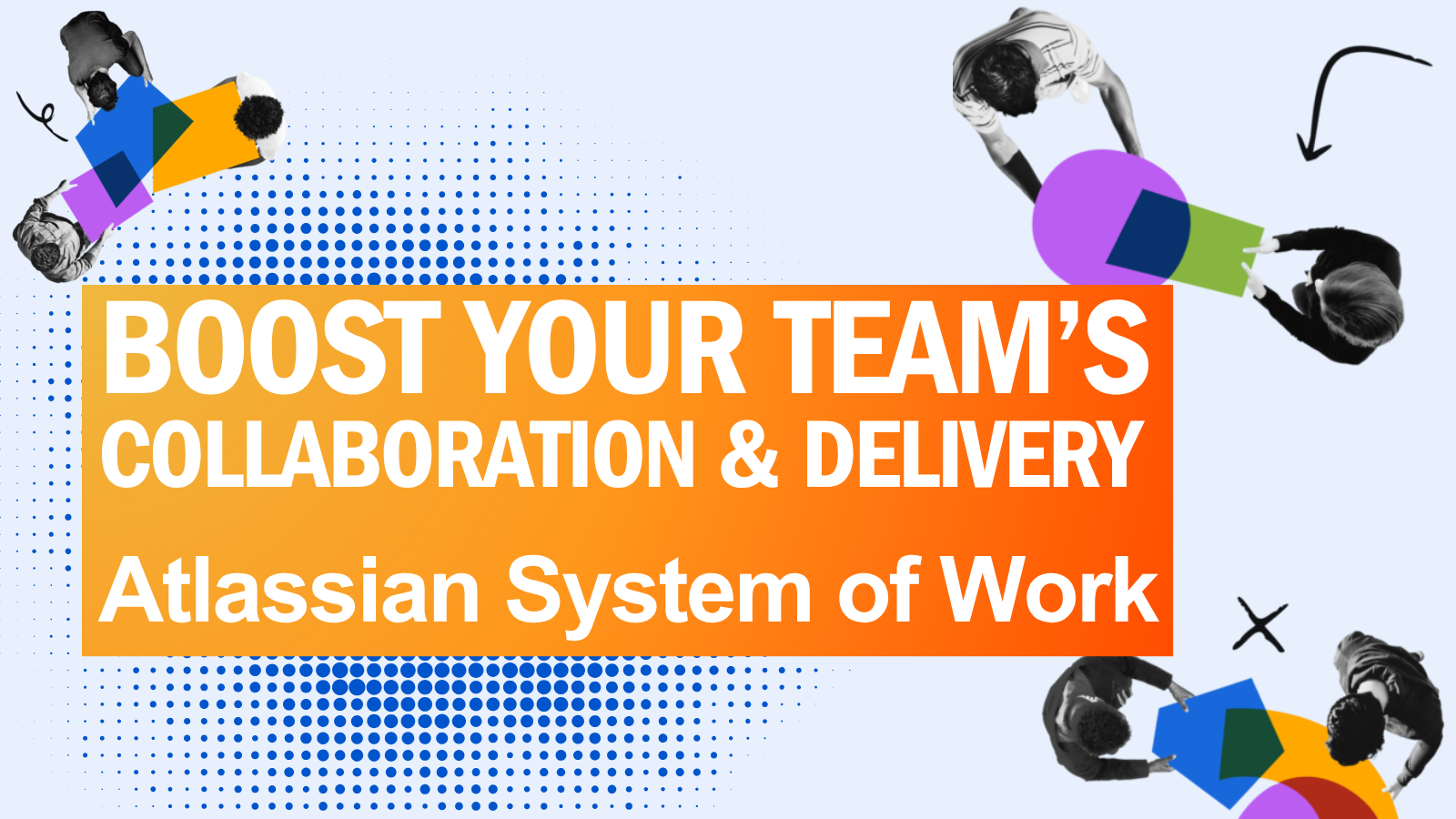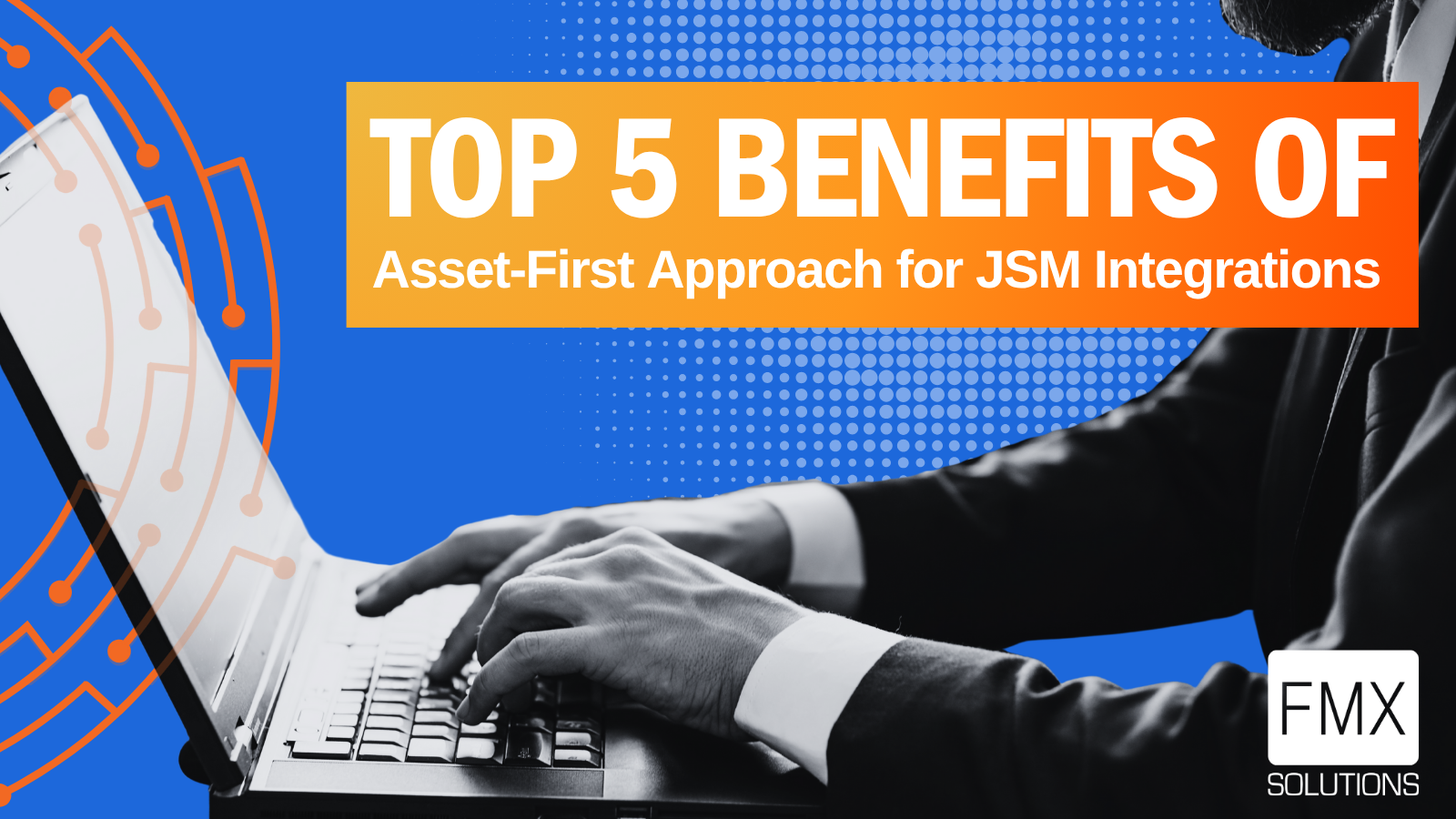
Top 5 Benefits of an Asset-First Approach in Jira Service Management
When organizations embark on implementing Jira Service Management, a common pitfall is rushing to deploy incident, problem, or change management processes without first establishing a foundation in asset and configuration management. At FMX Solutions, we advocate an asset-first approach by recommending customers begin with Asset Management and Configuration Management, where timelines permit. But what exactly does this mean, and why does it matter?
Understanding the Asset-First Approach in Jira Service Management
An asset-first strategy is essential for organizations looking to optimize their IT service delivery and management processes. By prioritizing the discovery, documentation, and tracking of IT assets, companies can establish a solid foundation before undertaking broader IT Service Management initiatives. Utilizing tools like Jira Service Management enhances this approach by facilitating effective IT asset management and providing a centralized platform for managing configurations. A well-maintained Configuration Management Database (CMDB) gives organizations a clear, accurate view of their entire IT landscape—encompassing hardware, software, and related services—along with the intricate connections between these elements.
This foundational understanding allows teams to streamline operations, reduce downtime, and make informed decisions about resource allocation and service improvements. Ultimately, adhering to asset management principles not only strengthens an organization’s operational efficiency but also positions it for long-term success in an increasingly complex technological environment.
Top 5 Benefits of an Asset-First Approach
Starting with asset and configuration management delivers immediate and long-term advantages. Initially, it ensures accurate data availability from day one, laying a strong foundation that benefits subsequent ITSM processes.
1. Enhanced Visibility and Control Over IT Assets
Imagine having a clear view of all your IT assets at any given moment. With robust asset tracking systems, that dream can become a reality. Centralized asset management allows you to keep tabs on everything from hardware to software in one place.
2. Improved Incident and Problem Management Processes
Incident management becomes significantly more efficient when support teams have immediate access to detailed asset histories, configurations, and dependencies. This comprehensive visibility allows them to quickly identify the root causes of incidents, which not only enhances problem-solving efficiency but also contributes to faster incident response times. By streamlining workflows and implementing automated notifications, teams can proactively address issues before they escalate into larger problems, thereby reducing downtime and improving overall service quality.
3. Improved Change Management Through Data-Driven Insights
A fully realized Configuration Management Database (CMDB) is essential for effectively assessing the impact and risk associated with proposed changes, as it provides a comprehensive view of the interdependencies among configuration items. By leveraging data insights derived from asset performance metrics, organizations can identify potential vulnerabilities and make informed decisions that minimize the likelihood of unexpected downtime or service disruptions.
4. Boosting Compliance and Risk Management Efforts
Proactively managing assets also provides enhanced visibility into compliance and security posture. Organizations can track software licensing accurately, ensuring compliance and avoiding costly audits and fines. Regulatory compliance tracking tools provide real-time insights into an organization’s adherence to relevant laws and guidelines, thus supporting audit readiness with comprehensive asset data. This is particularly important in identifying unauthorized or unmanaged assets—commonly referred to as shadow IT—early in the process, which significantly bolsters cybersecurity defenses against potential threats.
5. Easier Integration with Other Tools and Systems for Seamless Operations
The interoperability of systems allows teams to streamline processes, reduce manual data entry, and minimize the risk of errors. Moreover, enhancing collaboration through integrations fosters a more cohesive working environment. Teams can share updates and insights in real-time, ensuring everyone stays informed about project statuses and challenges. By breaking down silos between departments and enabling better communication through integrated systems, organizations can achieve greater productivity and ultimately drive better business outcomes.
User Experience and Customer Satisfaction Boost from an Asset-First Strategy
An asset-first strategy focuses on leveraging existing resources and capabilities to enhance user experience and customer satisfaction. By prioritizing assets—whether they are technological tools, human resources, or data—organizations can significantly improve end-user satisfaction. This approach allows businesses to deliver more personalized service, tailoring interactions based on the insights gathered from their assets.
Moreover, implementing an asset-first strategy can lead to enhanced customer support efficiency. By utilizing data analytics and automation tools, companies can streamline support processes, reducing response times and increasing resolution rates. This not only boosts customer confidence but also fosters loyalty as clients feel valued through timely and effective assistance.
Challenges and Considerations
While there are many benefits to an asset-first approach, it is not without its challenges. It requires upfront investment in time and resources, which might be a concern for organizations facing tight deadlines. If done incorrectly, asset and configuration management can become overly complex, creating bottlenecks rather than enabling agility. The key is to maintain simplicity in the initial implementation and scale complexity gradually as organizational maturity increases.
Accelerating with Lansweeper Integration
One highly effective method to overcome these challenges and accelerate the implementation of an asset-first approach is to integrate a discovery tool like Lansweeper with Jira Service Management. Lansweeper automates the discovery of IT assets across an organization’s network, capturing detailed configuration data and maintaining near real-time accuracy. This eliminates manual data entry errors and significantly reduces the effort involved to maintain the CMDB.
With Lansweeper integrated, organizations rapidly achieve comprehensive asset visibility. Technicians gain immediate access to detailed asset information directly within Jira Service Management, improving decision-making across incidents, problems, and changes. Asset data from Lansweeper ensures that the CMDB remains accurate and reliable, reducing the risk of outdated or incorrect information causing issues downstream.
Leveraging automated discovery reduces operational overhead, allowing teams to focus on strategic improvements rather than administrative maintenance. Organizations that use Lansweeper can quickly identify vulnerabilities and manage compliance effectively, thanks to accurate and timely asset information.
Embrace an Asset-First Approach to Maximize Your Jira Service Management Potential
Adopting an asset-first approach to Jira Service Management implementation, supported by Asset Discovery tools like Lansweeper, establishes a solid foundation for effective ITSM processes. Organizations that prioritize asset and configuration management early on benefit from improved operational efficiency, enhanced risk management, and better compliance.


